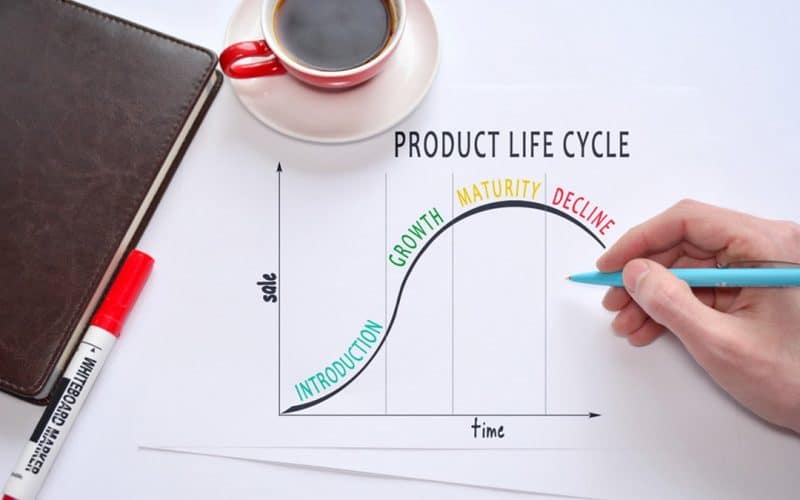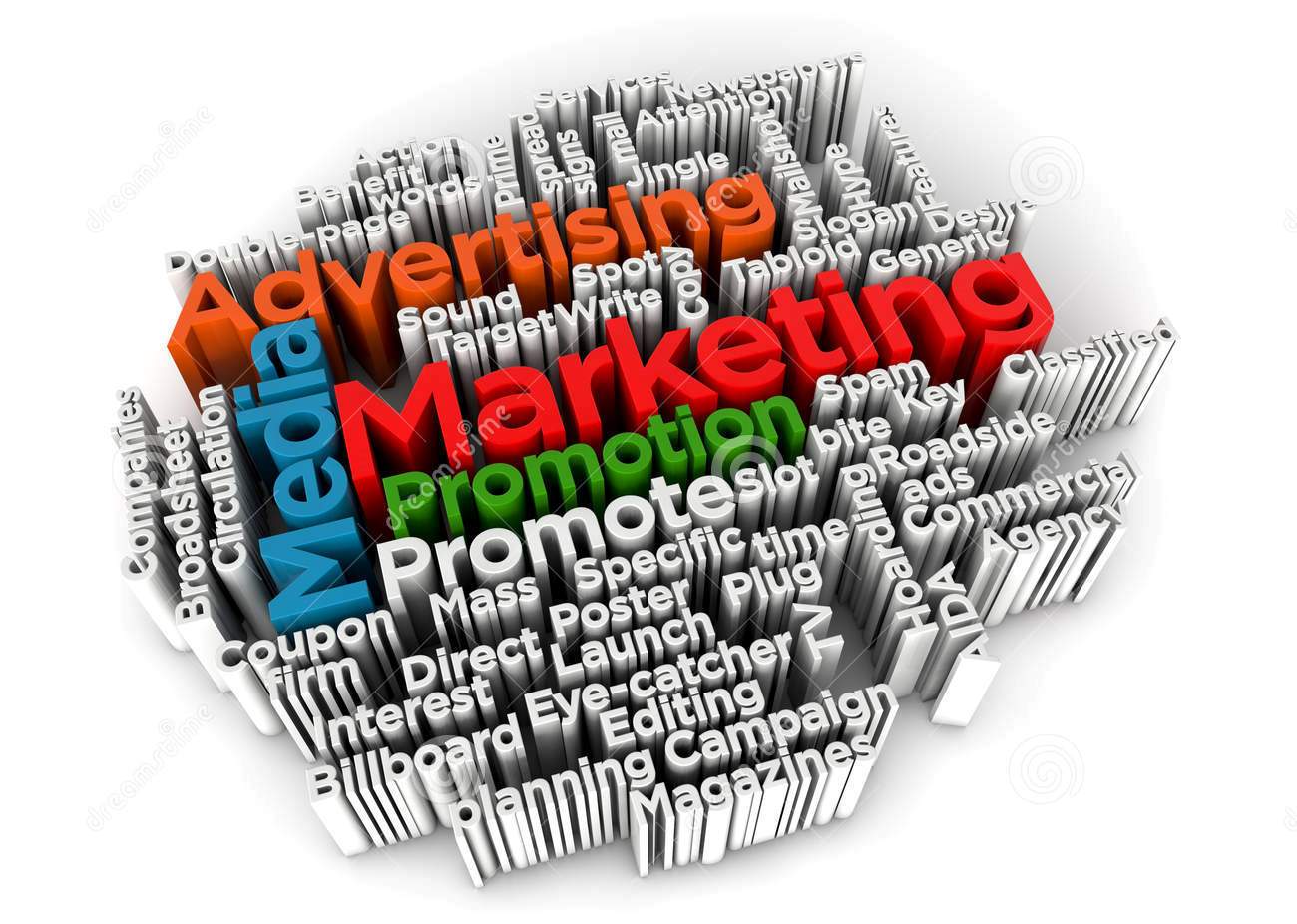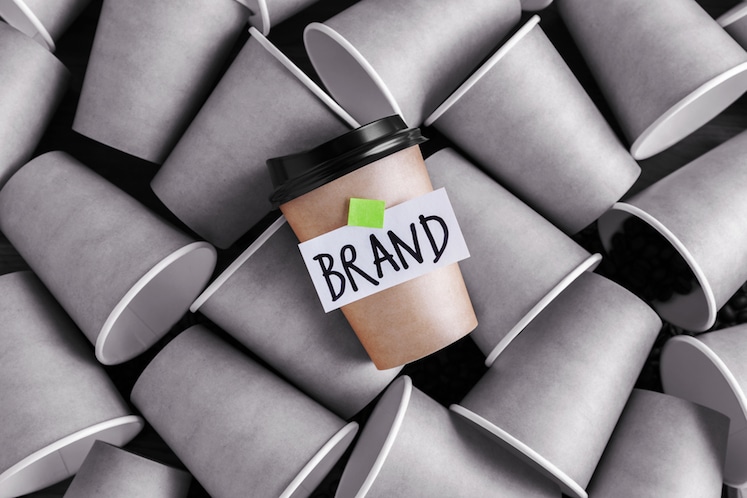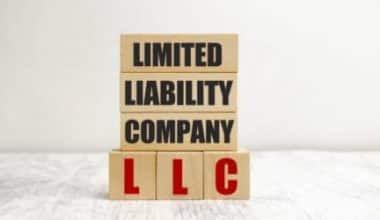When I was younger, say, ten years old, I would get confused going through my father’s tape recorder.
I didn’t see the point in having tape recorders when I could just go on iTunes and listen to all of my favorite tunes. Then, in middle school, I received my first hand-me-down iPod shuffle.
This is an excellent demonstration of the product life cycle (PLC) in operation. Tape recorders were in decline, but the iPod was on the rise. Nobody wants their product to become “obsolete” and reach the end of its product life cycle. Still, knowing what stage your product is at will help you make better marketing and commercial decisions. Below, we’ll define the product life cycle, go over the stages, learn the marketing strategy for each stage and and look at some real-life examples.
What is the Product Life Cycle?
The product life cycle is the progression of stages that a product goes through during its existence, beginning with development and ending with decline. It is usually divided into six stages. The product life cycle is used by business owners and marketers to make crucial decisions and tactics about advertising budgets, product prices, and packaging.
Marketers must understand how your tactics and strategies change based on the stage of your product life cycle.
A fresh new product, for example, will be marketed differently than a well-established, mature product. The marketing campaigns for the former will be aimed at increasing awareness, while those for the latter will be aimed at sustaining awareness.
Uses of The Product Life Cycle
Businesses also use the product life cycle to accomplish the following goals:
If your product is fresh to the market and has recently been introduced, you can position it as a new and improved alternative to an existing product. If the product is well-known, you can highlight its long history of use in your branding.
#2. Choose a pricing strategy.
You’ll decide how to price your product based on where it is in the life cycle. To entice more purchasers, a new product may be priced lower, but a product in the growth stage may be priced higher.
#3. Develop a marketing strategy.
Which strategy you choose will be determined by the stage of your product’s life cycle. The type of information you publish on your website and social media profiles is heavily influenced by your audience’s maturity and knowledgeability.
#4. Respond before the product starts to deteriorate.
There is no worse feeling than seeing your product gradually become obsolete or displaced by a competing product. You may build a strategy that keeps you ahead of the curve as you approach the saturation and decline stages by keeping the life cycle stages in mind.
Businesses profit from the product life cycle because it allows them to change their phrasing and positioning to best promote the product at the stage it is in. If your product is new and you try to sell it as if it has been around for a long time, people will see right through it and trust you less as a result.
Product Life Cycle: How Do They Work?
Life cycles exist for products, just as they do for individuals. A product begins with a concept, and within the limits of modern business, it is unlikely to progress until it is subjected to research and development (R&D) and proven to be practical and potentially profitable. At that time, the product is manufactured, promoted, and distributed.
I’ll go over the product life cycle stages in greater depth below.
What are the Different Stages of a Product’s Life Cycle?
- Development
- Introduction
- Growth
- Maturity
- Saturation
- Decline
#1. Development
The development stage of the product life cycle is the research period preceding the introduction of a product to the market. This is the stage at which businesses bring in investors, create prototypes, test product effectiveness, and plan their launch. Because of the nature of this stage, organizations spend a lot of money without generating any revenue because the product hasn’t yet been sold.
This stage can last a long period, depending on the product’s complexity, how fresh it is, and the competition. The development stage of a completely new product is difficult because the first pioneer of a product is usually not as successful as later iterations.
Marketing Strategy for the Development Stage of a Product Life Cycle
While marketing traditionally begins with the introduction stage, you can start to generate “buzz” about your product by getting the endorsement of renowned industry experts. You can also provide preliminary (and positive) customer research or testimonials. During this stage, your marketing goal is to increase brand awareness and position yourself as an innovative company.
#2. Introduction
When a product is first introduced to the market, it is in the introduction stage. This is the point at which marketing teams begin to raise product awareness and reach out to potential customers. When a new product is released, sales are often low and demand grows slowly.
This stage is typically devoted to advertising and marketing campaigns. Companies examine distribution channels and attempt to educate potential buyers about the product.
Marketing Strategy for the Introduction Stage of a Product Life Cycle
This is where the adventure begins. Now that the product has been released, you may promote it through inbound marketing and content marketing. Education is critical at this stage. Your target buyer must understand what they are purchasing before purchasing it. If your marketing methods are successful, the product advances to the next stage, which is growth.
#3. Growth
Consumers have accepted the product in the market throughout the growth stage, and customers are beginning to genuinely buy in. This suggests that demand and profitability are increasing, presumably at a steady rate.
The growth stage occurs when the product’s market expands and competition begins to develop. Potential competitors will see your achievement and want to join you.
Marketing Strategy for the Growth Stage of a Product Life Cycle
During this stage, marketing campaigns frequently change from gaining customer buy-in to establishing a brand presence so that consumers prefer them over developing competitors. Furthermore, when businesses expand, they will begin to create new distribution channels and provide more features and support services. These will also be advertised as part of your strategy.
#4. Maturity
The mature stage is when sales begin to level out after a period of strong growth. Companies begin to lower their prices at this moment to remain competitive in the face of increasing competition.
This is the stage at which a company starts to become more efficient and learns from the mistakes made during the introduction and growth stages. Typically, marketing strategies focus on distinctiveness rather than awareness. This means that product characteristics may be improved, costs may be reduced, and distribution may become more intensive.
Products begin to enter the most profitable stage during the mature stage. The cost of production is decreasing while sales are increasing.
Product Life Cycle Marketing Strategy Maturity Stage
When your product has matured, you may feel like you’re “sailing by” because sales are consistent and the product is well-established. However, this is where you must position yourself as a leader and differentiate your brand.
As adoption grows, continue to improve the product, and let consumers know in your marketing strategy that the product they love is now better than before. This will keep you safe during the next stage, saturation.
#5. Saturation
During the product saturation stage, competitors have begun to take a share of the market, and products will see no sales growth or decline.
Typically, this is the moment at which the majority of consumers are utilizing a product, but there are numerous competitors. You want your product to become the brand preference at this time so that you do not enter the decline stage.
Marketing Strategy for the Saturation Stage of a Product Life Cycle
When the market is saturated, you must concentrate on differences in features, brand awareness, price, and customer service. At this stage, competition is fierce, therefore it’s vital to leave no mistake about your product’s superiority.
If product-level innovation is not possible (since the product only requires minor modifications at this point), then invest in customer service and utilize client testimonials in your marketing.
#6. Decline
Unfortunately, if your product does not become the chosen brand in a market, you will often see a decline in sales. Sales will fall as a result of the increased competition, which will be difficult to overcome.
Furthermore, like with the CD example I cited before, new tendencies arise over time. If a company reaches this stage, it will either discontinue its product, sell its business, or innovate and iterate on its product in some way.
Marketing Strategy for the Decline Stage of a Product Life Cycle
While companies would prefer to avoid the decline stage, there are occasions when it is unavoidable — especially if the entire market, not just your product, is in decline. To successfully exit this stage in the product life cycle, you can focus on nostalgia or underline the quality of your solution in your marketing strategy.
Successful organizations can also deploy new advertising methods, lower their prices, add new features to boost their value proposition, explore new markets, or modify brand packaging to lengthen the product life cycle.
At any given time, the best companies will typically have goods at multiple stages of the product life cycle. Some businesses look to other countries to restart the cycle.
Product Life Cycle in the International Market
The international product life cycle (IPL) is the cycle by which a product moves through international markets. As products mature and companies seek to escape the decline stage, they will often begin to explore new worldwide markets. When a product reaches mass production, manufacturing and production go to other countries.
The stages of an international product life cycle are the same as those of a standard product life cycle. The development stage, on the other hand, looks different since local customs and regulations may determine how long it takes to deliver a product to a new market.
Note: once you build the groundwork in a new market, your competitors will undoubtedly follow, and the life cycle stages will continue until saturation and, eventually, decline. You can either grow into another market or learn from previous mistakes and innovate before the decline stage arrives.
Following that, we’ll look at several product life cycle examples.
Examples of the Product Life Cycle
- The Manual Typewriter
- Vine
- Cable television
Let’s have a look at examples of the product life cycle of some well-known products that have subsequently reached the decline stage.
#1. The Manual Typewriter
The typewriter was the first mechanical writing instrument, and it was a fitting replacement to pen and paper. However, other technologies eventually surpassed it and supplanted it.
- Development: The overall concept had been developed for centuries, beginning in 1575, before the first commercial typewriter was offered to the market.
- Introduction: The first commercial typewriters were introduced in the late 1800s.
- Growth: The typewriter quickly became a must-have instrument for all types of writing, and it was widely utilized in workplaces, businesses, and private residences.
- Maturity: Typewriters were in the maturity stage for about 80 years since they were the chosen product for typing communications until the 1980s.
- Saturation: In the 1990s, typewriters faced intense competition from computers during the saturation stage.
- Decline: Overall, the typewriter was unable to compete with other emerging technology, and the product was finally retired.
#2. Vine
Moving forward to the twenty-first century, we see the birth and collapse of Vine, a short-form video-sharing app that was the source of many a meme at its peak but eventually declined due to competition from other platforms.
- Development: Vine was created in June 2012 and competed mostly with Instagram.
- Introduction: The app was first made available to the public in 2013. Its unique selling point was its short-form video style, in which viewers had only seven seconds to shoot something humorous, bizarre, or a combination of the two.
- Growth: Vine had over 200 million active users only two years after its launch. Because of its popularity, the term “Do it for the Vine” was coined.
- Maturity: Vine never reached the mature stage because it was only on the market for a few years. Even though it had a high rate of adoption, it was still a relatively new app.
- Saturation:Vine competed in a market that was already saturated. Instagram, Snapchat, and YouTube were the dominant names in its area, and Vine’s popularity began to decline.
- Decline: When Musical.ly and, later, TikTok were established, Vine lost a significant portion of its user base and was forced to stop down. Byte, a comparable short-form video sharing site, took its place.
#3. Cable television
Remember when you had to flip through TV channels to find something to watch? I do, and they have a distinctly retro vibe to them. While cable TV is still available, it is reasonable to say that it is on the decline.
- Introduction: Cable television was invented in the early half of the twentieth century. Its invention is attributed to John Walson.
- Development: The first commercial television system was developed in 1950, and by 1962, the technology had begun to show signs of growth.
- Growth: Following a decades-long halt in cable TV development (due to regulatory constraints), the technology began to gain steam, and by 1980, more than 15 million households had cable.
- Maturity: Cable TV reached maturity in the 1990s. Approximately seven out of ten households had cable.
- Saturation: At the beginning of the twenty-first century, this technology became oversaturated, and it began to compete with other modern developments such as on-demand services and high-definition television (HDTV). While the internet was still in its early phases, it will soon overtake cable TV.
- Decline: Beginning in 2015, cable TV saw a significant decline. Online video streaming services like Netflix and Hulu have risen to prominence, and this trend is expected to continue.
Not all items must go through the decline stage. Companies can stay afloat by extending the product life cycle with fresh revisions as long as they have numerous products at various stages of the product life cycle.
Particular Considerations
Companies that master all six stages can boost their profitability and optimize their returns. Those that are unable to do so may see a rise in marketing and production expenditures, resulting in a product with a limited shelf life (s).
Back in 1965, marketing professor Theodore Levitt argued in the Harvard Business Review that the innovator has the most to lose because so many truly new products fail in the first stage of their life cycle—the introduction stage. Failure occurs only after a significant expenditure of money and effort in research, development, and production. And that fact, he noted, prohibits many businesses from even doing anything truly novel. Instead, he claims, they wait for someone else to succeed before cloning their own success.
Keep the Life Cycle of Your Product in Mind
Whether you’re creating a brand-new product or working with an established brand, the product life cycle can serve as a roadmap for your marketing strategies. Each stage will determine how you inform your audience about the product, position your brand in the market, and decide how to proceed after the decline stage. By considering the life cycle of your product, you can invest in better marketing strategies that result in a higher ROI.
What is the role of branding in the product life cycle?
Every stage of a product’s lifecycle is impacted by branding in some way. Branding is especially useful during the launch phase because it raises the product’s profile and establishes its reliability. In the expansion phase, branding plays a key role in setting the product apart from the competition and cementing its position as market leader. Branding’s benefits continue to be felt in the maturity phase, as it aids in retaining customers and reinforcing the product’s value proposition. Rebranding or repositioning a product in the market can give it new life during its decline phase. Longer product availability and higher profits are two benefits of strong brand recognition.
What is the role of pricing in the product life cycle?
Pricing plays a critical role in the product life cycle. In the introduction stage, pricing is used to generate awareness and interest in the product. In the growth stage, pricing can be used to capture market share and maximize profit margins. In the maturity stage, pricing is often used to maintain market share and to defend against competition. In the decline stage, pricing can be used to clear out inventory and to maximize profitability before the product is eventually phased out. Effective pricing strategies can help to extend the product life cycle and maximize profitability for the business.
What is the role of customer service in the product life cycle?
Customer service plays an important role in the product life cycle, especially in the growth and maturity stages. In these stages, customer service can help to build customer loyalty and to retain customers over the long term. In the decline stage, customer service can help to extract value from the product and to minimize the impact of declining sales. Effective customer service can help to extend the product life cycle and maximize profitability for the business.
What is the role of distribution in the product life cycle?
In the product life cycle, distribution is especially important during the launch and expansion phases. At these junctures, solid distribution is crucial for reaching intended audiences and expanding market penetration. Distribution in the maturity stage aids in protecting market share and fending off rivals.






